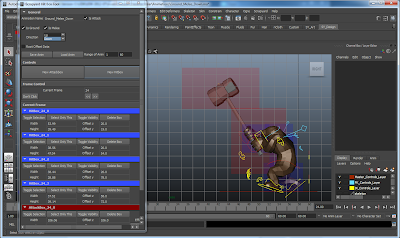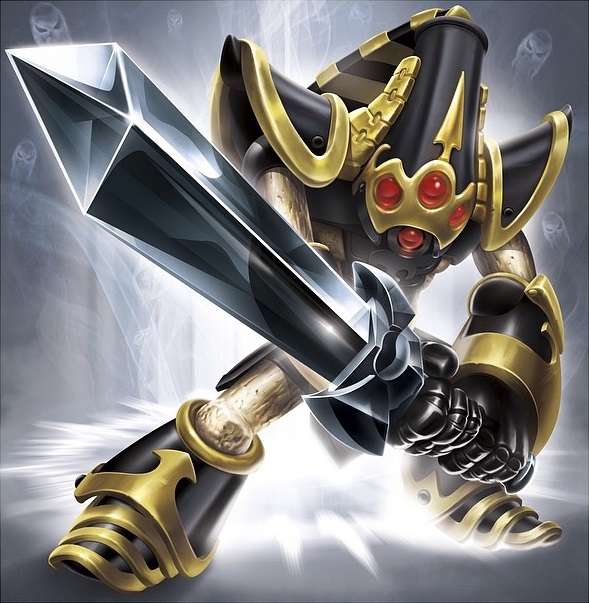What is Scrapyard:
Scrapyard is a casual fighting game where customization and use of the environment are essential to success. Players control one of four quirky animals in customizable mech suits and brawl it out Super Smash Bros style. Starting a game is easy and players of any skill level can immediately jump in and start having a blast. With tons of zany customization options for your mech and a diverse set of dangerous and destructible stages, there is no end to the fun!
My Role on the Team:
As a game designer on the team with a background in competitive fighting games and programming one of my roles on the team was to work directly with the programmers to design and test game mechanics. Our game's similarities to the Super Smash Bros series allowed me to explain how things like artificial intelligence, fast falling, turning, momentum, directional influence, super armor, etc work in Smash and how we can improve upon it.

One of our major design pillars is that Scrapyard should be an enjoyable experience for both hardcore fighting game veterans and people who have never played a fighting game. As a result, I spent much of my time on the team working with a custom hitbox tool made by one of our engineers. Using the tool, I was able to specify the hit boxes on the character models where players may be struck and the attack boxes where their attacks could land. It's important to use hitboxes in a fighting game for performance since using 3d collision with complex models is computationally expensive.
Using a separate tool built by our engineers, I was able to iterate on things like the damage each move deals, animations speed, knockback values, spawning projectiles, air velocity, ground velocity, etc.
Scrapyard's Website










